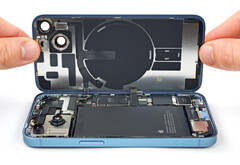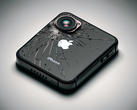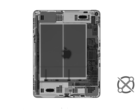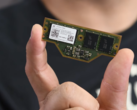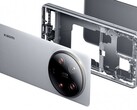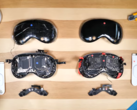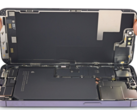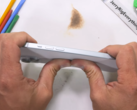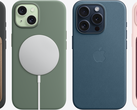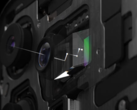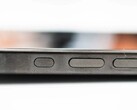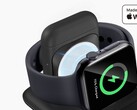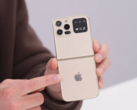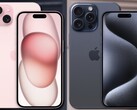The iPhone 14 have looked like another iterative update from the outside, with Apple making barely any visual changes from the iPhone 13. However, iFixit's teardown revealed that Apple had overhauled the former's internals, making it much easier to repair as a result. As the video below shows, the inside of the iPhone 14 can be accessed by removing its display or back panel, which was borderline impossible with its predecessor.
Additionally, Apple mounted these components to a new midframe, which is also replaceable. As a result, iFixit awarded the iPhone 14 a 7/10 for repairability, bringing it in line with other recent flagships. Subsequently, the company has decided to drop the device's score to a mere 4/10, the decisions for which it explains in a blog post. In short, while Apple has improved the repair process, its software locks render third-party and home repairs practically impossible.
Although this is nothing new, Apple prevented new Touch ID sensors from being installed by third parties as far back as the iPhone 7, it has now expanded these software locks to almost all areas. For reference, Apple ties the serial numbers of all modular parts to their respective iPhones, such as its battery, display, cameras or even its back glass panel. Thus, an iPhone 14 will see a serial number miss match when a replacement part is swapped in, at which point it will limit functionality until proprietary software registers the new serial number.
This approach makes it impossible to use third-party replacement parts or even OEM parts without Apple's involvement. Currently, it remains to be seen whether Apple will apply the same software locks to its iPhone 15 series. However, we would not rule out Apple introducing even more as it attempts to further lock down its repair process.




